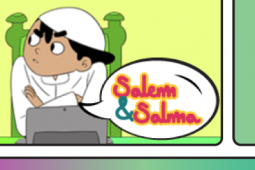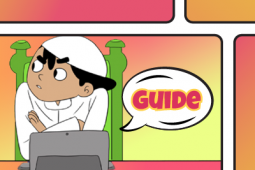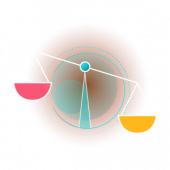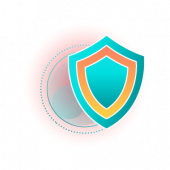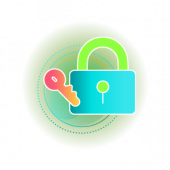I know that people online might not be who they claim to be.
How to Run and Maintain a Safe Online Community

Online communities, like TripAdvisor and Quora, have proved the power of conversation. Whether public or closed, via forum or social media spaces, online communities have led major achievements such as crowdfunding, unlimited free support, enhancement of products and services, etc.
To make sure you enjoy your community experience away from cyber security and privacy issues, here’s a quick checklist to run and maintain a safe online community.
1) Running the Community
Open or closed?
Both are good options depending on the goal of your community and to which degree making it accessible to everyone can serve this goal. However, from a security perspective, an open platform can make it more difficult to control safety issues such as inactive accounts. Cyber attackers usually choose accounts that aren’t actively used to hack the community and join as one of its members.
Who can join?
Because members are the essence of a safe community, it’s important to be selective about who joins in. Manage membership requests by asking interested people to complete a short questionnaire that gives you an insight about their compatibility with the rest of the members.
What are good membership questions?
Good questions help you understand a member’s motives and explain some rules in advance. They can address the reasons or expectations of people joining the community. More specifically, you can use questions to confirm a certain policy and set community housekeeping rules. For example, “Do you agree that we will delete any comments of yours that contain inappropriate content or send hate to other members?”
What does the opening message say?
This can be a welcome email or the “About” section in social media platforms. Make sure you use such space to set clear the most important points and guidelines of joining the community, such as the prohibited use of abusive language and the mention of other people’s private details whether they were members or not.
2) Maintaining the Community
Did you choose your admins & moderators?
Choose up to 5 trustworthy admins and moderators to assist you with the required privacy and security checkups. They can be members of the community itself who share your vision and have shown good behavior. Working as a team, you can better identify trolls and users who post spam links, irrelevant ads, and harassing content.
Are usernames anonymous enough?
Ask your community members to use anonymous names that protect their identity and make it more difficult for anyone to track them from other social media platforms, where they usually use their real names.
Is everyone posting & sharing with mindfulness?
Ensure that all posted content, including text and multimedia, carries non-personally identifiable information, as this can also help track users from other platforms like Facebook.
In addition, when sharing posts, members need to beware of unsafe content or links that might carry malware and viruses. You can use websites, such as Google Transparency Report, for a quick check of the links shared or opened.
Are you using all the forum software’s features?
Because community threats can come in different forms, using all accessible tools will increase the level of security. For example, the automatic validation feature of the software used to build the community can warn you against spam signups and some anonymity issues.
Takeaway Message
An online community is likely to face internal threats (related to members posting malware sites and harmful content) or external threats (related to community hacks from outsiders). Unfortunately, both can affect the users’ experience besides the overall success of your community.
For that, you will want to consider all necessary precautions when building your community and resume all protective measures while you run it.
Keep regular security checks going, and in case of any cyber-attack or online abuse, act promptly and as you see fit, even if this means banning or removing members you have previously accepted.
After all, a happy community is a safe community!
@2x.png)


